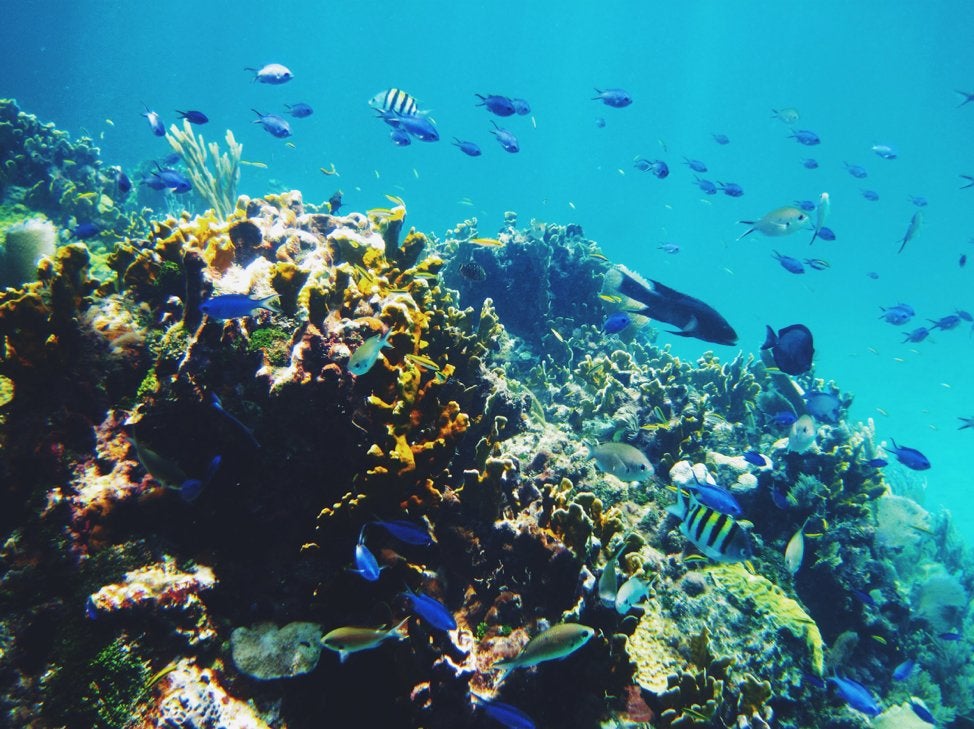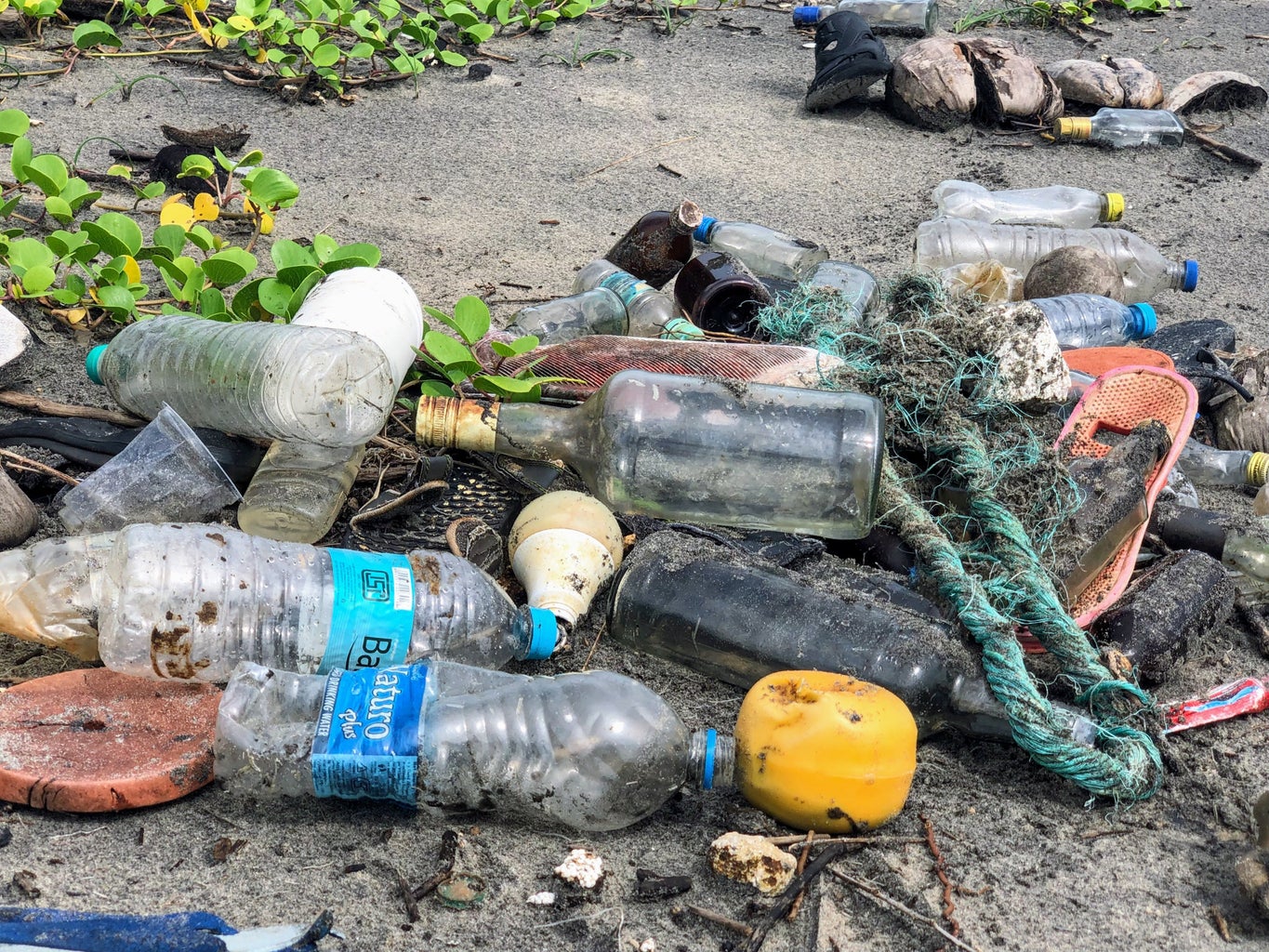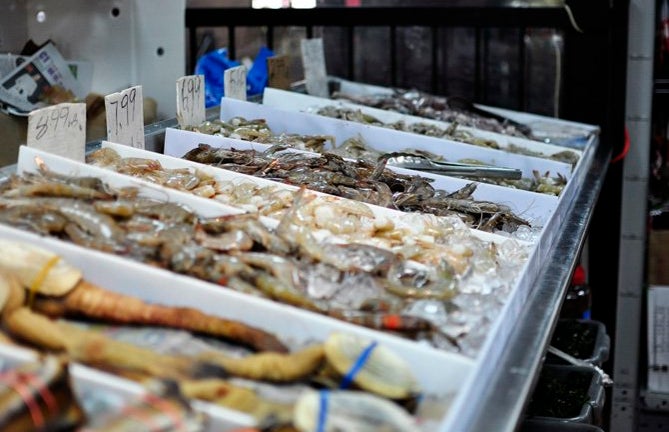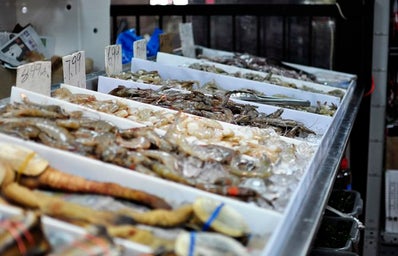“Seaspiracy,” a documentary directed by Ali Tabrizi, recently came out on Netflix. The documentary brings attention to a lot of specific issues with the commercial fishing industry. Tabrizi’s main point is overfishing is killing our oceans, and if the oceans die, we die too. There is a lot of controversy surrounding it, and a few arguments made by Tabrizi are receiving negative feedback.
Some say this documentary is very dramatic and too extreme at points, but this is how Tabrizi gets people’s attention. If you present these issues in a casual way, people may not take them seriously enough, and less attention will be given to the point being made.
There are also many statistics given in this documentary. However, like any media source, we should not put all our trust in what we see or hear from one online source. Most people don’t analyze documentaries and remember each statistic or piece of information, and Tabrizi’s overall message is why I believe this documentary is so important.
“Seaspiracy” highlights several destructive fishing practices, including overfishing, trawling and bycatch. Overfishing—catching fish at a rate higher than they can repopulate—wipes out species of fish and endangers even more. Trawling—using a large net to catch huge amounts of fish at once—results in unwanted creatures being caught along with the targeted fish species.
Bottom trawling, in which boats drag weighted nets across the seafloor, is worse than regular trawling since it destroys natural habitats as well as catching unwanted fish. Bycatch is the term used for the unwanted creatures caught in nets and then released. Most of these animals, including sharks, turtles and dolphins, die before they can be put back into the ocean. In order to prevent excessive bycatch, fisheries need to stop overfishing and trawling.

In one example of being too extreme, “Seaspiracy” portrays Asian countries as the “bad guys,” highlighting the whaling and dolphin hunting practices in Japan at the beginning of the documentary. While killing dolphins because they are seen as competition for desired fisheries and catching sharks to cut off their fins are not great, left out of the story are western countries that also contribute to the problem.
Tabrizi does address an issue many people are not aware of, which is slavery and human rights abuses in fishing. Traveling to Thailand, he interviews some of the formerly enslaved men who escaped. Hearing their stories is terribly sad, and it is hard to wrap your head around what they endured. People are being exploited and even killed in order to fill the global demand for inexpensive seafood. No human life is worth cheap fish.
One of the main flaws is that this documentary makes it seem like if we are not talking about the fishing industry, we are not making a difference. Fisheries overfishing and polluting our oceans with gear are definitely issues that need to be addressed, but completely separating them from other environmental issues that directly impact oceans is not likely to be the best way to advance the cause of protecting the oceans.
For example, Coral bleaching is an issue because of temperature increases in the ocean, which is caused by climate change overall, not solely caused by fisheries, as stated in the documentary. Similarly, 80 percent of sea pollution comes from land, and this is not mentioned in the documentary. The great pacific garbage patch is made up of both land-based plastic as well as plastic which comes from fisheries.
Even though 80 percent of pollution in the ocean comes from land, 10 percent is fishing-related. Tabrizi points out fishing pollution is especially harmful to our oceans because fishing gear is designed to kill sea creatures. Fisheries polluting the oceans with nets, lines and other equipment is extremely detrimental to the ocean environment.
In another example of his narrow focus, Tabrizi argues that because plastic straws make up so small a percentage of ocean pollution, it doesn’t really matter if we stop using them. Not using disposable plastic is a good way to decrease our carbon footprint, but Tabrizi dismisses this, arguing everything wrong in the ocean is because of fisheries.
Only focusing on fisheries being the problem makes the documentary more dramatic, but it is not telling the whole story. In fact, Tabrizi writing off single-use plastics as a tiny part of ocean pollution is not right since they actually make up a huge part of ocean pollution. Doing our part and reducing our consumption of single-use plastics should not stop simply because the fishing industry plays a big part in polluting the ocean too.

NGOs have also historically helped combat industrial fisheries and unsustainable practices. For instance, the labels you see in grocery stores and on restaurant menus that identify seafood that comes from sustainable fisheries are a result of NGO action. NGOs have made strides to protect our oceans, and bringing down these organizations during the documentary actually takes the spotlight away from larger issues Tabrizi touches on in the film.
One of the biggest misleading points the documentary makes is claiming fishing can never be sustainable. Industrial fishing is different from small-scale fishing, which can be sustainable. Well-managed fisheries and marine protected areas with restricted fishing have been shown to work. Big fishing corporations are destroying our oceans which is an important point made by Tabrizi, but small communities which rely on fishing to survive are not the issue, and this was not emphasized in the documentary.
Smaller fishermen whose main source of food and work comes from fishing are directly impacted by large fisheries. Commercial fishing decreases fish stocks for these people, and many are going hungry. While Tabrizi addresses these issues, he doesn’t provide a solution for how we can help these communities now. There needs to be a middle ground where small fishermen and indigenous people are leading this narrative, not only white environmental activists whose main concern is saving the environment.
Regulation of ships at sea is notoriously difficult. My dad was in the Navy and told me how when they were at sea, they would throw their trash off the ships into the ocean because there was no one there to stop them. Tabrizi similarly discusses how even with environmental supervisors on ships, there is no reliable way to regulate practices of commercial fishing ships at sea.
Government fishery observers risk their lives trying to regulate illegal fishing practices. The documentary highlights Keith Davis, an observer who went missing, and Gerlie Alpajora, an observer who was killed. Both were doing their jobs and getting in the way of fisheries’ illegal business.

Critics have called this documentary “vegan propaganda” similar to “Cowspiracy,” another Netflix documentary. Both documentaries propose the solution of going vegan to combat these destructive industries. What “Seaspiracy” fails to mention is 3 billion people depend on seafood as their primary source of protein.
Simply stating “don’t eat fish” in the documentary as an easy solution is not a viable option for much of the world. Tabrizi could have said something along the lines of, “if you are privileged enough to be able to go without eating fish, it can be good to do so,” but he doesn’t take into account the many people who rely on fish.
Alternate solutions Tabrizi lists include enforcing no-catch marine reserves and ending all government subsidies to industrial fisheries. No-catch marine reserves are areas where no extractive activity is allowed. They are important because they allow fish populations to thrive without fishermen disrupting natural ecosystems. Government subsidies are driving small (actually sustainable) fisheries out of business.
A subsidy is taxpayer money given to an industry that keeps the price of a product or service artificially low. Governments are paying fisheries to keep the price of fish low and, in turn, supporting their unsustainable practices. Even if we stop eating fish, we are still helping sustain fisheries because our taxpayer money goes to these subsidies.
This documentary seems to be a decent starting point for examining how problematic the fishing industry is, but it should not be your only source of information on the subject. Some of the methods used in “Seaspiracy” are not great, but overall, the main message that the commercial fishing industry is killing our oceans is important. If we want to preserve marine life, we need to protect our oceans from fisheries. I urge readers to look into this issue further and discuss it with people to raise awareness of its importance in the overall effort to protect and save our planet.



